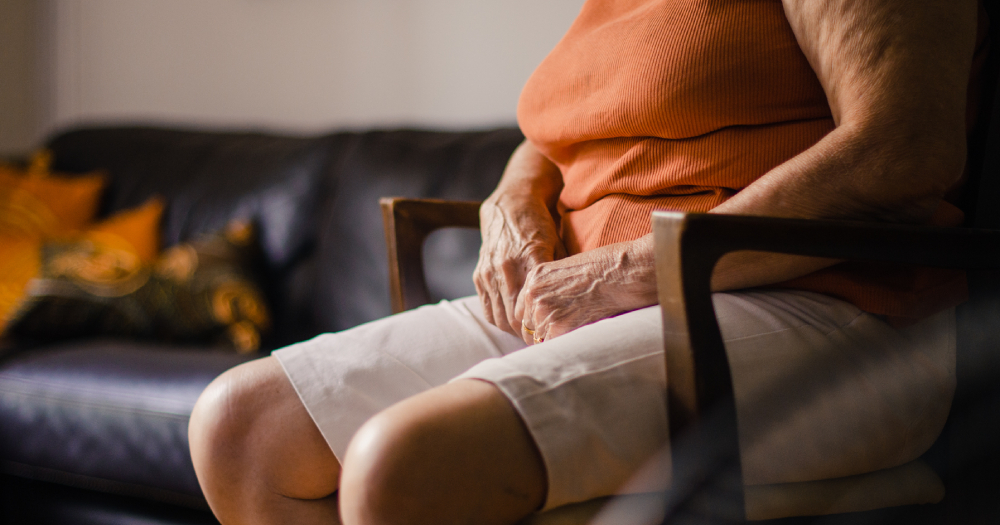On Apr. 21, when Prime Minister Lee Hsien Loong announced the extension of Singapore’s circuit breaker measures till Jun. 1, I could hear my grandmother’s reaction even though we were in different rooms.
“Aiyo,” she said, as she saw the news on the television.
Like many others in Singapore, the circuit breaker has caused many disruptions to my grandmother’s life.
Before the pandemic Popo (as she is known to me) had a routine.
In the afternoon, she would pick my younger sister up from her primary school before taking her to the tuition centre. While waiting for my sister, Popo often window-shopped at the nearby shopping centre.
Afterwards, like clockwork, she’d be found hanging up clothes fresh from the washing machine and ironing the dry ones.
These days I see my Popo a lot more.
She’s no longer out and about with my sister, and the amount of clothes-washing there is to do has been drastically reduced since my aunt and her partner no longer bring their dirty clothes over to our house.
Now she spends her time planted in front of the television, watching whatever Hong Kong drama Channel 8 is showing, and waiting patiently — sometimes impatiently — for Covid-19 updates.
Whenever the evening news fails to mention the number of new confirmed cases for the day, she would turn to her other source of news for answers — me.
"What’s the number for today? I waited for the evening news but they didn’t say anything. Why didn’t they say anything?" she would ask, 80 per cent in Mandarin and 20 per cent in English.
"I don’t know Popo. The government releases the update at different timings every day. I don’t know how many new cases there are yet," I would reply, 80 per cent in English, 10 per cent in Mandarin, and 10 per cent in gestures.
Like many in Singapore, my Popo is concerned by the pandemic and the threat that Covid-19 poses to one’s health.
But I think what bothers her the most is the disturbance to normalcy and her routine. Without it, life for her seems to blend monotonously into consecutive hours of lying on the couch in front of the television.
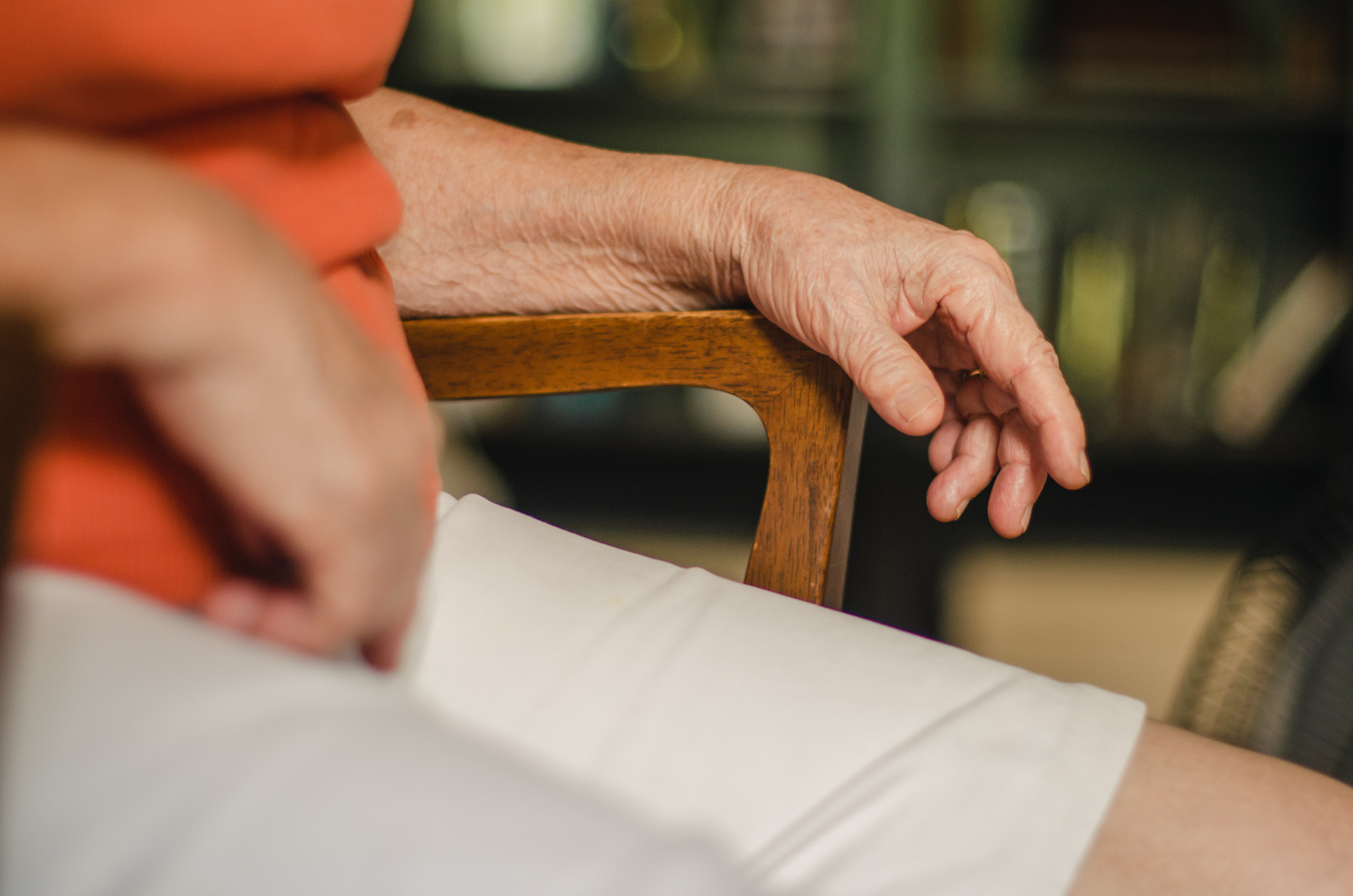 Image by Andrew Koay
Image by Andrew Koay
Feeling lost in the new normal
This isn’t a problem unique to my grandmother.
According to Kavin Seow, senior director of TOUCH Community Services, many of the more active seniors his charity serves have found themselves dealing with another epidemic: Boredom.
The activities TOUCH normally conducts for the elderly at their senior activity centre have had to cease due to the pandemic.
Furthermore, explained Seow, many of these active seniors enjoyed gathering at void decks where they would meet and interact with their neighbours.
Needless to say, this has now been outlawed under the circuit breaker measures, and so days wind up passing much slower for many.
“Some may feel lost now, especially when their daily routine is disrupted,” said Seow. Those more active seniors will need more time to adjust to the “new normal”, he added.
For Ivy Lau, an associate professor of Psychology at Singapore Management University, a disrupted routine — which may seem like a trivial problem for some — can actually hold real consequences for certain elderly individuals.
“Circuit breaker measures present challenges for everyone and not just older persons,” she told Mothership.
“However, I think these challenges are more intense for some older persons.”
Loneliness and the risks of isolation
Lau, whose research interests include ageing, pointed to the elderly who live alone as one group that may be especially vulnerable in the trying circumstances of today. Already at risk of experiencing social isolation, these seniors can find their sense of loneliness exacerbated by a loss of routine.
And loneliness, she said, has been found by researchers to be detrimental to an individual’s health.
Among those working to serve elders like these is Anthony Tay, chairman of the Lions Befrienders.
“Most of the seniors we serve are at risk of social isolation and have little or no family support,” he tells Mothership.
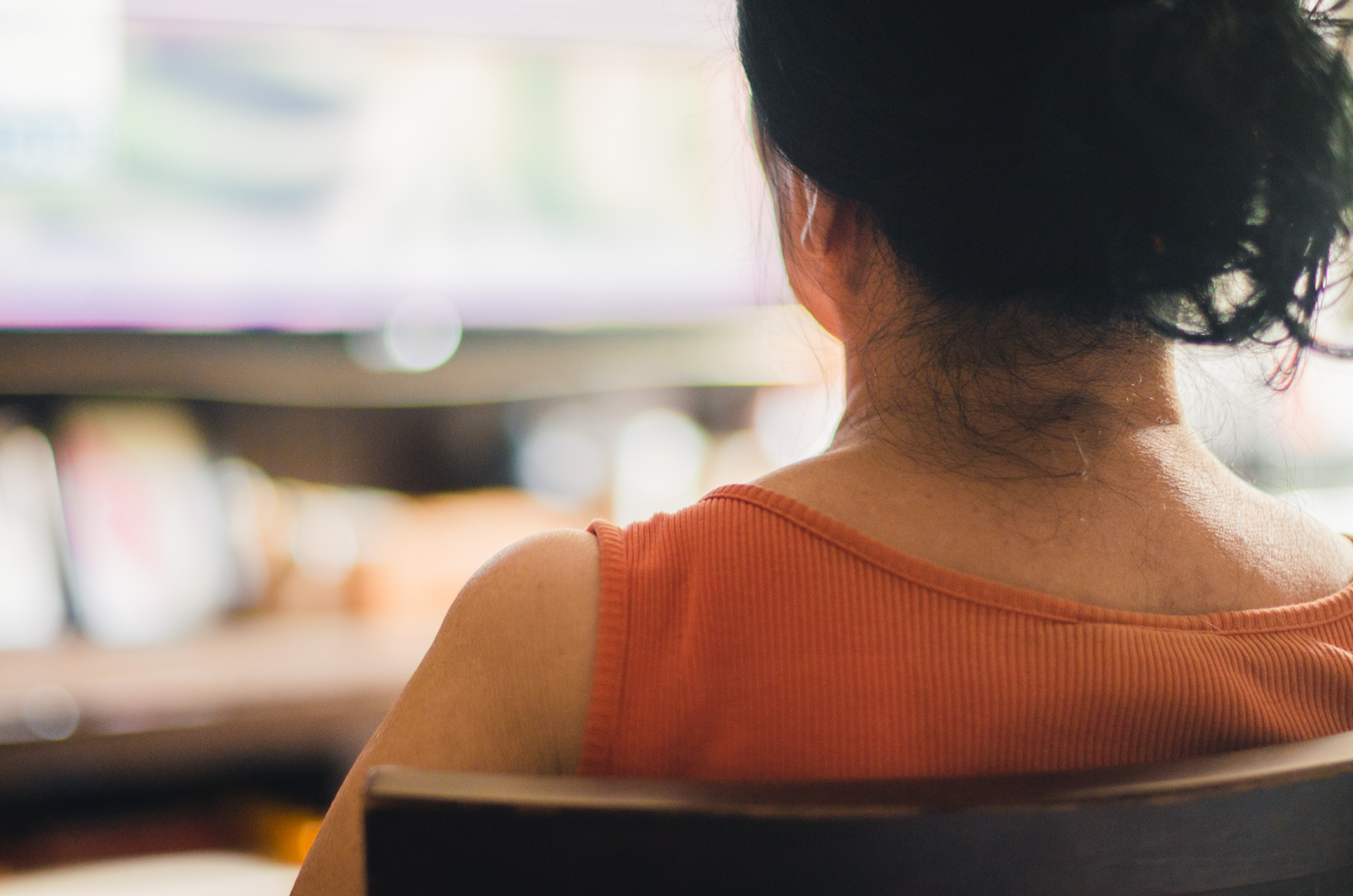 Image by Andrew Koay
Image by Andrew Koay
In the days before Covid-19, Lions Befrienders staff and volunteers would make regular visits to seniors at risk of social isolation and conduct activities for them at senior activity centres.
However, like TOUCH, these have all been suspended.
“With the measures in place to keep people at home, these seniors have less chances to interact with the community, resulting in them feeling even more isolated than before,” said Tay.
“They have nowhere to go for games and activities, and they miss the gatherings and interaction with students, staff, and their peers at the centres. Some don’t know where to go and dare not stay out for too long for fear of ‘getting caught’.”
According to Tay, the lack of interaction and the disruption to routines has put many of their beneficiaries at risk of depression.
Keeping in touch with technology
To continue serving the elderly, the Lions Befrienders have replaced physical visits with telephone calls. Staff and volunteers have been spending more time chatting with the seniors over the phone to help ease their feelings of isolation, said Tay.
Seow told Mothership that TOUCH also calls their elderly beneficiaries regularly to inform them of the latest news and to pass on tips to stay healthy.
It’s not hard to imagine why some seniors — especially those living alone — might be feeling more isolated than the rest of us.
Since the Circuit Breaker started, social media, messaging apps, and video calling platforms have kept most of us connected and entertained.
And while TOUCH and the Lions Befrienders have been trying to engage digitally-savvy seniors by sending them videos and online resources of exercises or activities that they can do at home, technological literacy can’t be expected of every senior.
I only need to look at my grandmother, who’s had an iPhone for years, to realise that for some, figuring out the smartphone can be a gargantuan task.
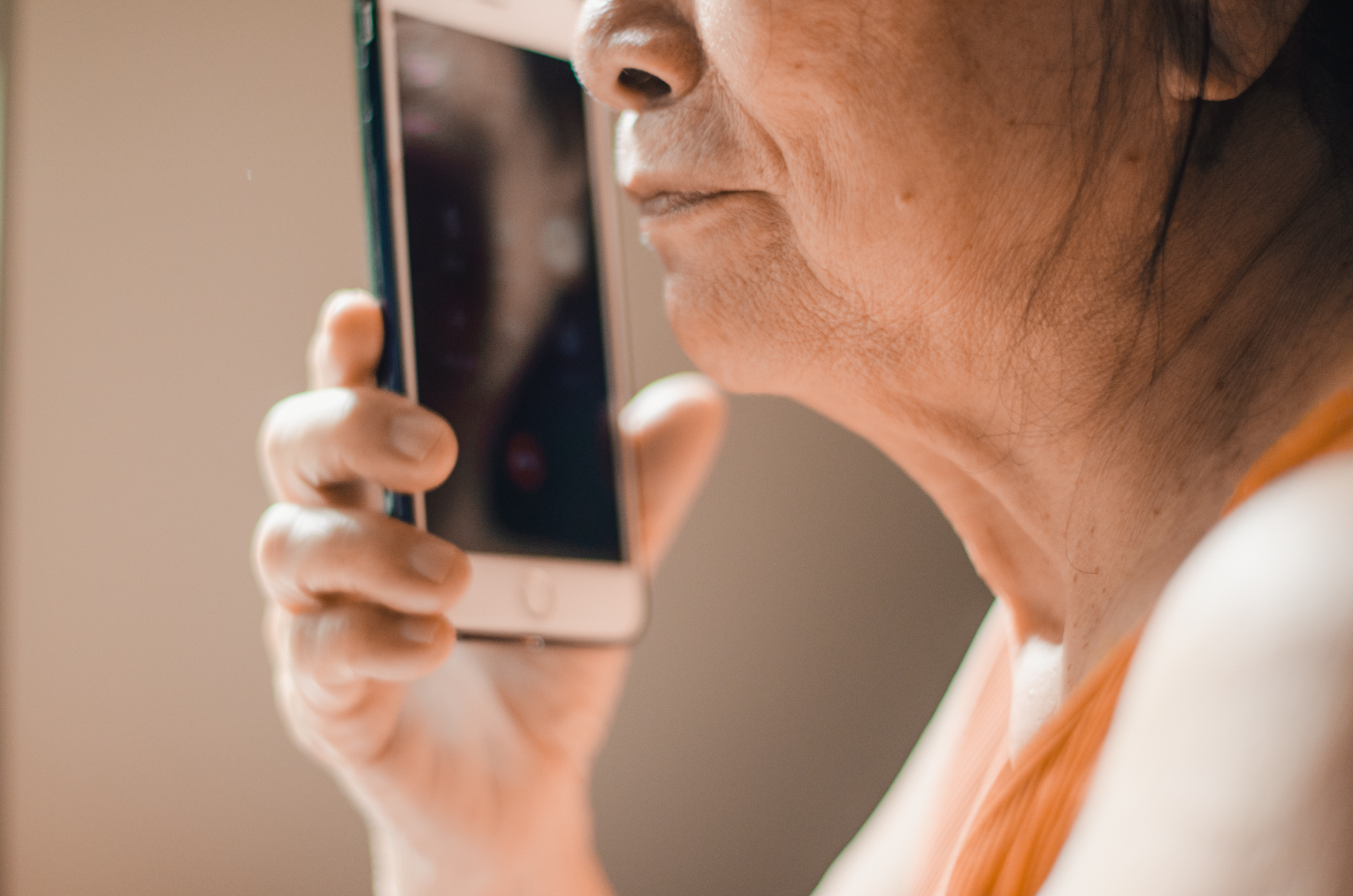 Image by Andrew Koay
Image by Andrew Koay
I recall one day, after coming back from a run, returning to my room to see her phone charging on my desk — or at least I thought it was.
Closer inspection revealed that Popo had in fact plugged the wrong cable — a micro-USB instead of the required Apple lighting cable — into her phone.
“Look it’s the wrong one. It doesn’t even fit,” I said, laughing as the cable dangled loosely from the iPhone’s charging port thanks to a fortuitous combination of geometry and friction.
“It’s so confusing,” she responded.
“They all look the same, and how many different types of cables can there possibly be?”
The point is, though, things that come instantly to digital natives aren’t always intuitive for our older generations. And this, Lau pointed out, will inevitably make it tougher for elderly individuals to keep in touch with their friends and family.
Comfort and familiarity
But here’s the thing with loneliness: It’s not so much defined by the physical state of being alone but rather an individual’s perception of their isolation.
To put it more technically, according to the American Psychological Association, loneliness is defined by an individual’s level of satisfaction with their connectedness (or lack thereof).
And that means that even if a senior lives alone, they need not feel lonely.
“We have (seen) younger residents who have been helping their senior neighbours buy groceries,” said Seow.
“Their comfort and familiarity with one another have brought (the seniors) relief, knowing that there are people whom they can count on in times of need.”
According to Lau, loneliness can even be battled from the comfort of your home.
“Younger persons can call their elderly neighbours or relatives if they know their number. Or message them,” advised the professor.
“Chat with them, listen to them, and reassure them that the circuit breaker measures will end in good time.”
Unable to connect
The flip side of all this, however, is that elderly people living with their families can also, paradoxically, feel isolated.
The extent to which this was felt by my grandmother became evident to me over dinner a few nights ago when Popo expressed her annoyance that the circuit breaker was preventing her from helping to wash clothes for my aunt and her partner.
Obviously, my aunt's partner is now unable to travel to our house and hand over garments to be washed, thanks to the circuit breaker.
“He wouldn’t even have to come into the house,” said Popo referring to a scenario where my aunt’s partner would drop off the clothes.
“Yeah but he would have to travel here on public transport and we wouldn’t know if he comes into contact with someone infected with the virus during that trip,” I said, to which Popo replied with a defiant “Hmmph” — which in all languages means “I’m not convinced.”
You see, my grandmother isn’t one who generally connects with her children or grandchildren through overt expressions of love.
Instead, she shows her care for us by picking up her grandchildren from school and waiting for us outside tuition centres.
Every Sunday, she conveys her love for my mother by waking up early to boil barley water because it has been my mother’s favourite drink since she was a little girl.
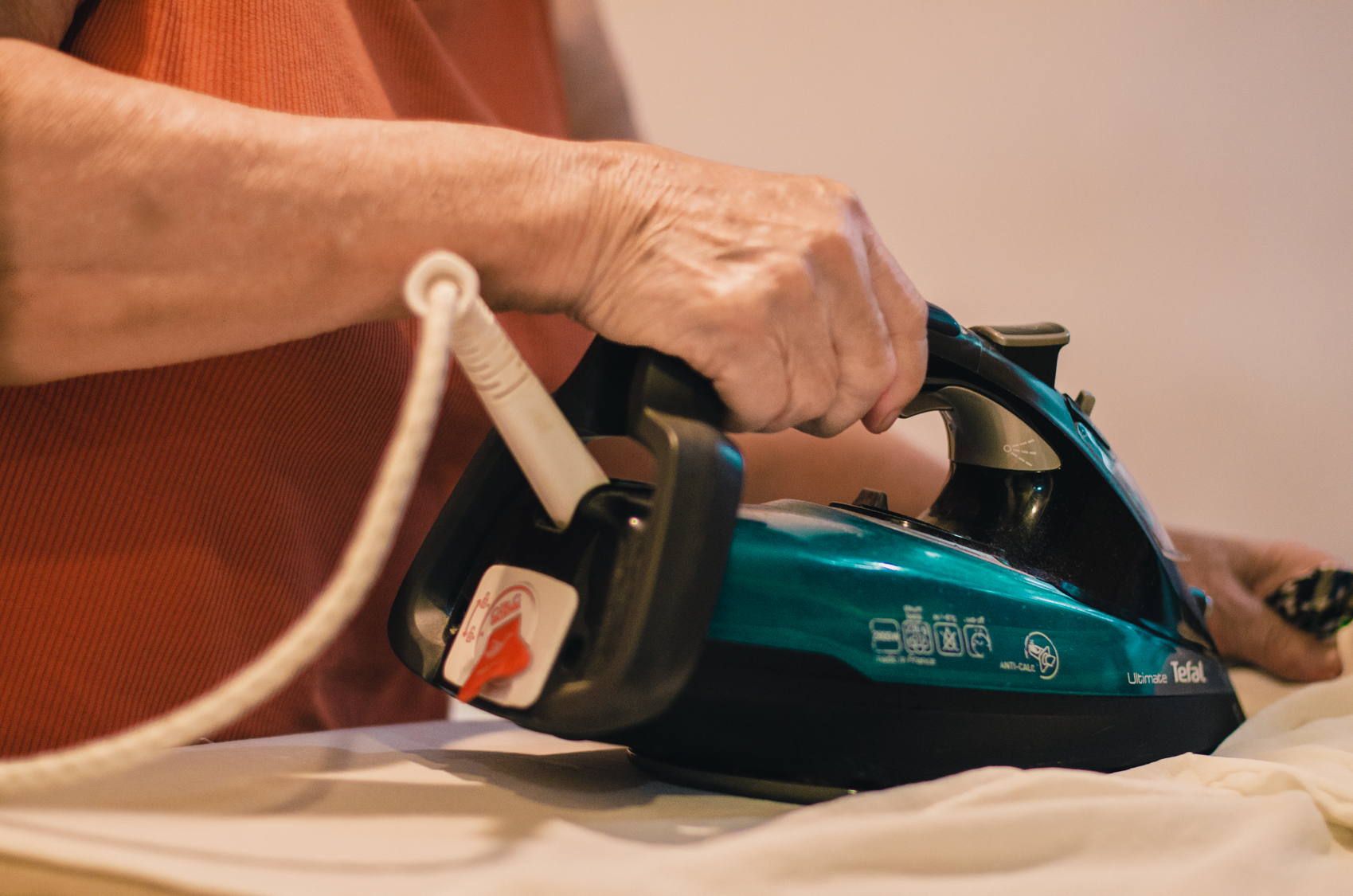 Image by Andrew Koay
Image by Andrew Koay
For my aunt and her partner, she demonstrates motherly devotion by doing their laundry.
Not being able to do some of these things during the circuit breaker has caused a sense of detachment as she can’t connect with us in the ways she usually does.
That’s why this weekend, I’m going to try something different.
As an alternative to scrolling through Netflix’s menu aimlessly in my room, I’m going to sit in the living room with my grandmother and try asking her about what life was like growing up in a small fishing village in Malaysia. Or maybe I’ll ask her to teach me how to make barley water.
If all else fails, I could just watch whatever random Hong Kong drama appears on Channel 8 with her, as we both allow Saturday to monotonously morph into Sunday.
At least she’ll know she’s not alone.
Additional reporting by Jane Zhang
Stories of Us is a series about ordinary people in Singapore and the unique ways they’re living their lives. Be it breaking away from conventions, pursuing an atypical passion, or the struggles they are facing, these stories remind us both of our individual uniqueness and our collective humanity.
Top image by Andrew Koay
If you like what you read, follow us on Facebook, Instagram, Twitter and Telegram to get the latest updates.
